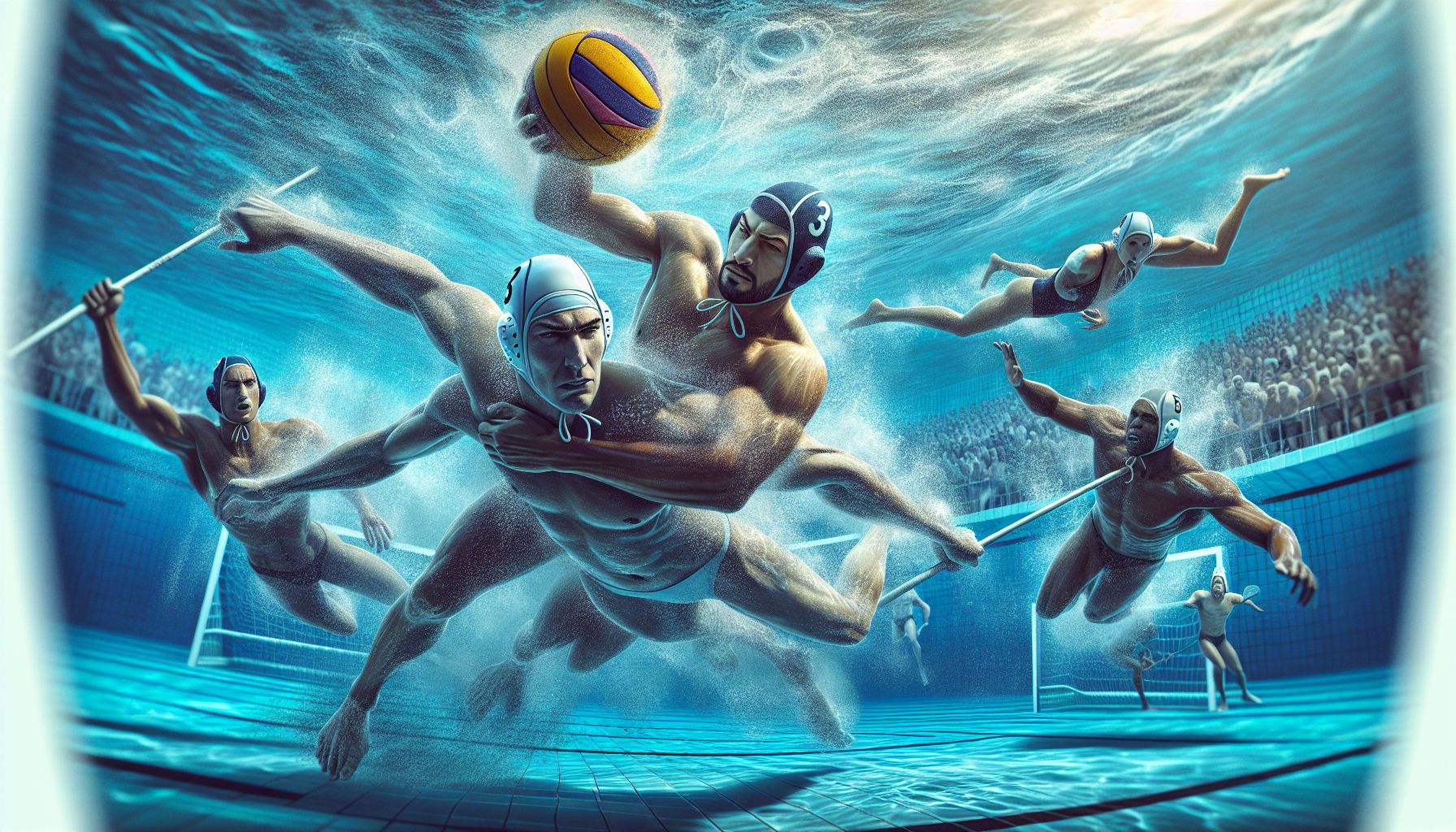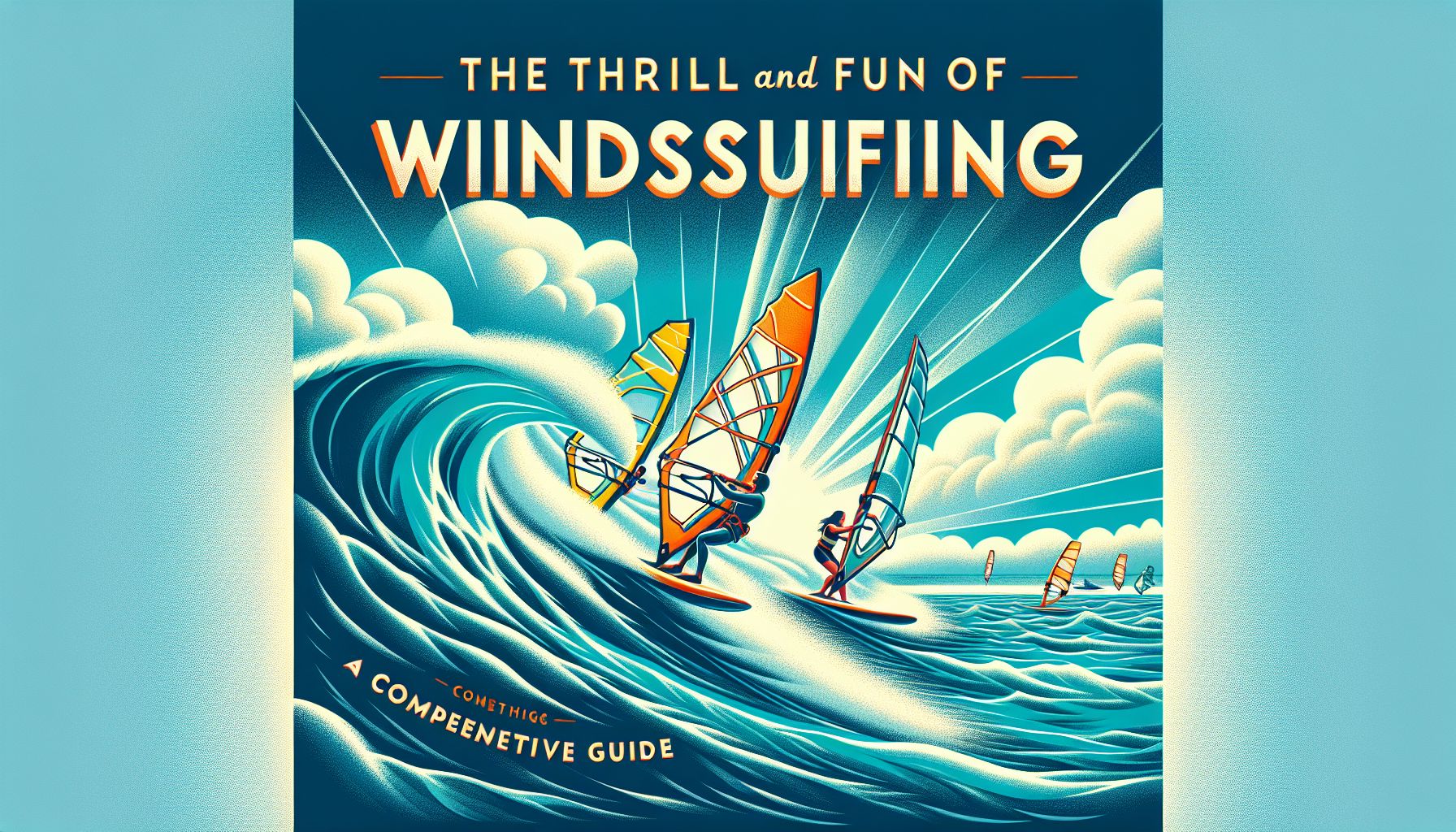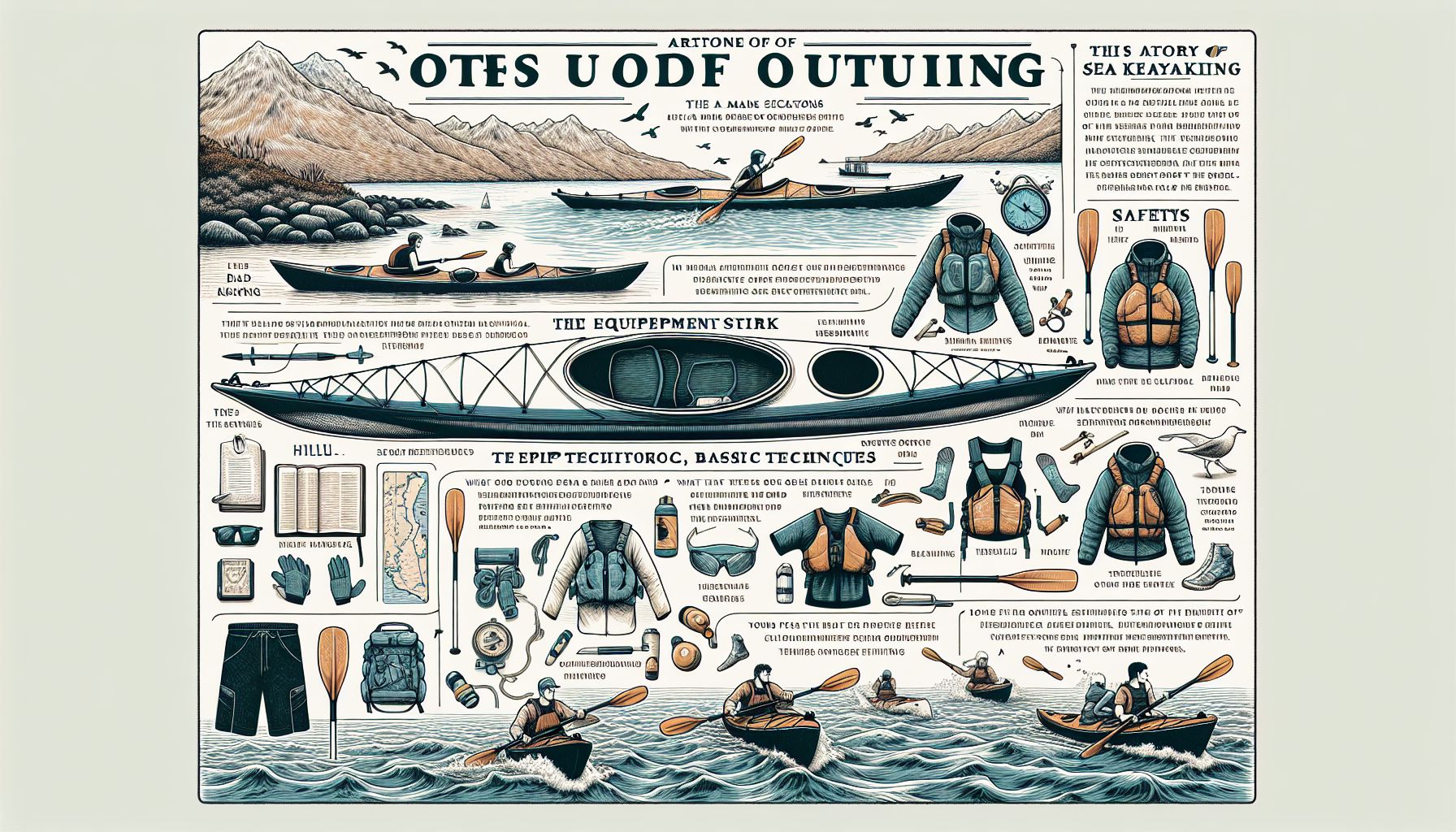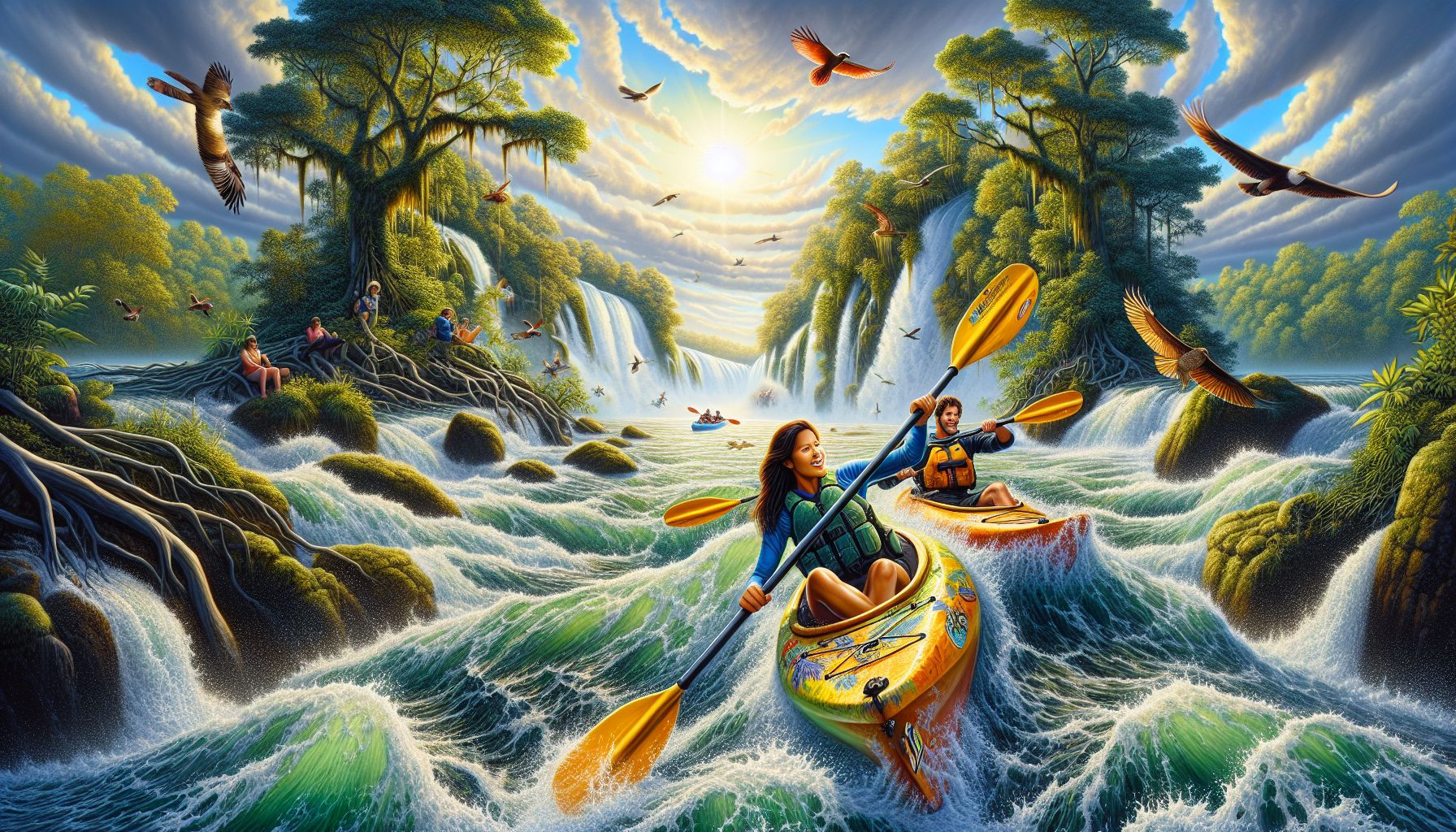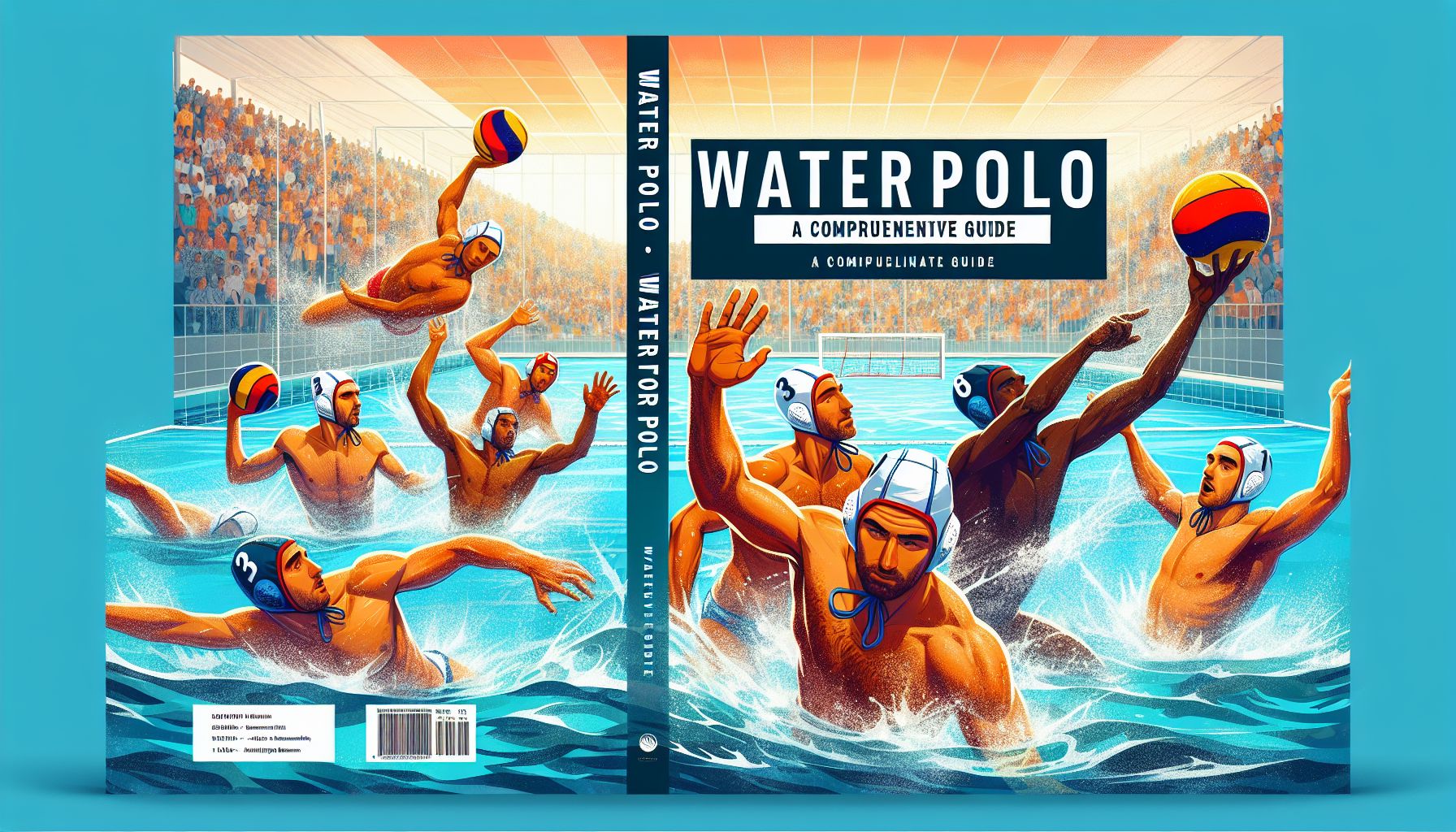The clamor of the crowd, the sense of anticipation in the air, and the heart-pounding thrill. No, this is not a description of a popular football or basketball match, but of a water polo game — a sport that is just as competitive, demanding, and exciting.
Water polo, while not as recognized as some conventional sports, is a unique, captivating, and highly demanding athletic activity, and should not be ignored simply because it is not as glamorized. This article aims to shed some light on water polo, and explore why it deserves more recognition.
A Brief History of Water Polo
The origins of the sport are a bit murky, but it is generally believed that it was first played in England and Scotland in the late 19th century, as a form of water rugby. However, it was in Hungary where water polo truly found its stride and became a national obsession.
The first water polo match took place in 1870 at the Crystal Palace in London, with rules greatly differing from the modern sport we know today. In fact, early water polo was a brutal and boisterous game, often leading to violence and injuries. Thankfully, the sport has evolved and has become a disciplined, yet no less challenging, contest of skill and endurance.
Understanding the Game
Water polo is a team water sport, with two teams consisting of seven players each (a goalkeeper and six field players) that try to throw the ball into the opponent’s goal. The team with the most goals at the end of the match wins. Sounds simple, right? Well, not quite.
Games consist of four quarters (usually of eight minutes), and the depth of the pool must be deep enough that the players cannot touch the bottom, making it even more physically demanding. Water polo requires great stamina and strength, as well an excellent swimming ability, speed, teamwork, and good hand-eye coordination.
Training and Skills
To be a water polo player means you need to be an exceptional swimmer since the whole game is played while treading water. Speed is incredibly important in water polo, since players constantly swim back and forth across the pool.
Extreme fitness and strength are crucial due to the rigorous physical demands of the game. On top of swimming skills, water polo players also need a high level of ball skills, since they catch and throw the ball with one hand.
Treading water, known as ‘egg-beater’, is another skill that is an absolute must in this sport. This continuous action requires perfect coordination and immense strength in the legs, and it’s what allows players to stay afloat for the entirety of the game, with their torso out the water. It’s exhausting just thinking about it!
These demanding physical requirements make water polo players some of the most fit athletes in the world.
Why Love Water Polo?
First and foremost, the thrill of the game is second to none. The sport isn’t only about strength or speed — it’s also about strategy. Teams need to think carefully about their game plan, and tactics can change throughout the match. This combination of physicality and strategic thinking makes it incredibly exciting to watch (and even more to play!).
Moreover, it’s a sport that fosters strong camaraderie, as teamwork is central to success in water polo. Team members must understand each other’s play styles and strategies in order to work together effectively. This makes water polo not only a physically demanding sport, but one that requires and promotes solid communication and a strong sense of community — sure to pull you back into the pool time and time again.
In Summary
Water polo is a demanding yet satisfying sport. It combines elements of swimming, basketball, and soccer into one thrilling pool game that is sure to get your adrenalin pumping and your heart racing. The physical and mental challenges, the sense of camaraderie, and the sheer fun of the game should make us consider giving water polo the spotlight it so rightly deserves. Whether you are an athlete looking for a challenging new sport to try, or an observer looking for an exciting sport to learn and appreciate, water polo could be just the thing for you.
Don’t let the obscurity of the sport deter you, instead, dive in and give water polo a try. After all, if we only stick to what we’re comfortable with, we’ll never discover anything new. It’s about time that water polo burst out from the shadows of the more common sports, bringing its unique set of demands, rules and thrills to the mainstream athletic arena. It’s time to take a leap, or rather a plunge, and get lost in the exhilarating, engaging, and evolving world of water polo.
